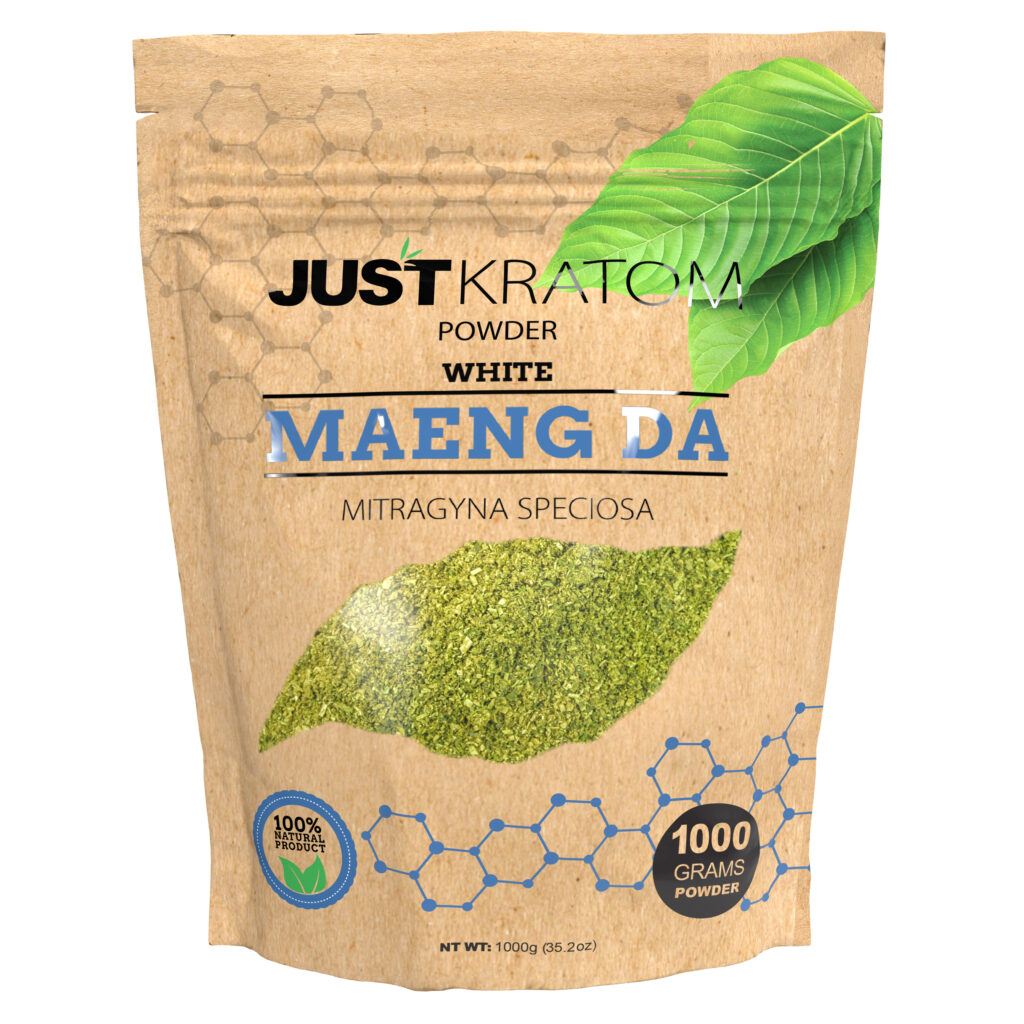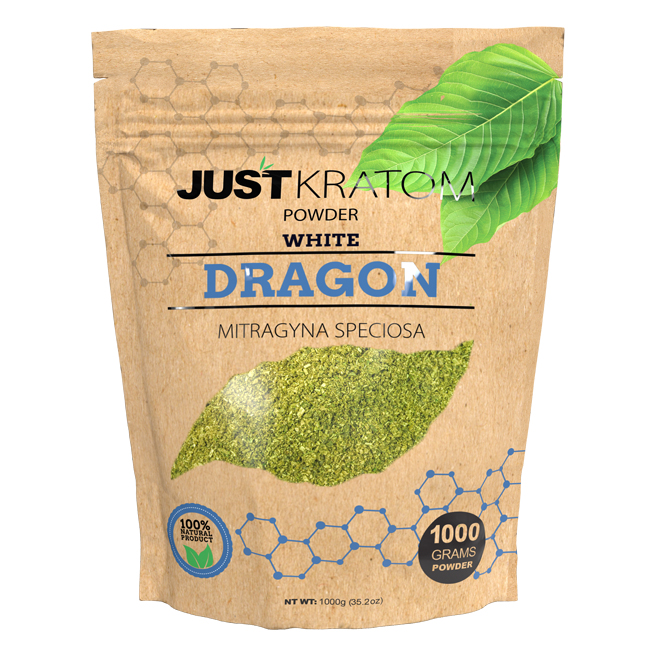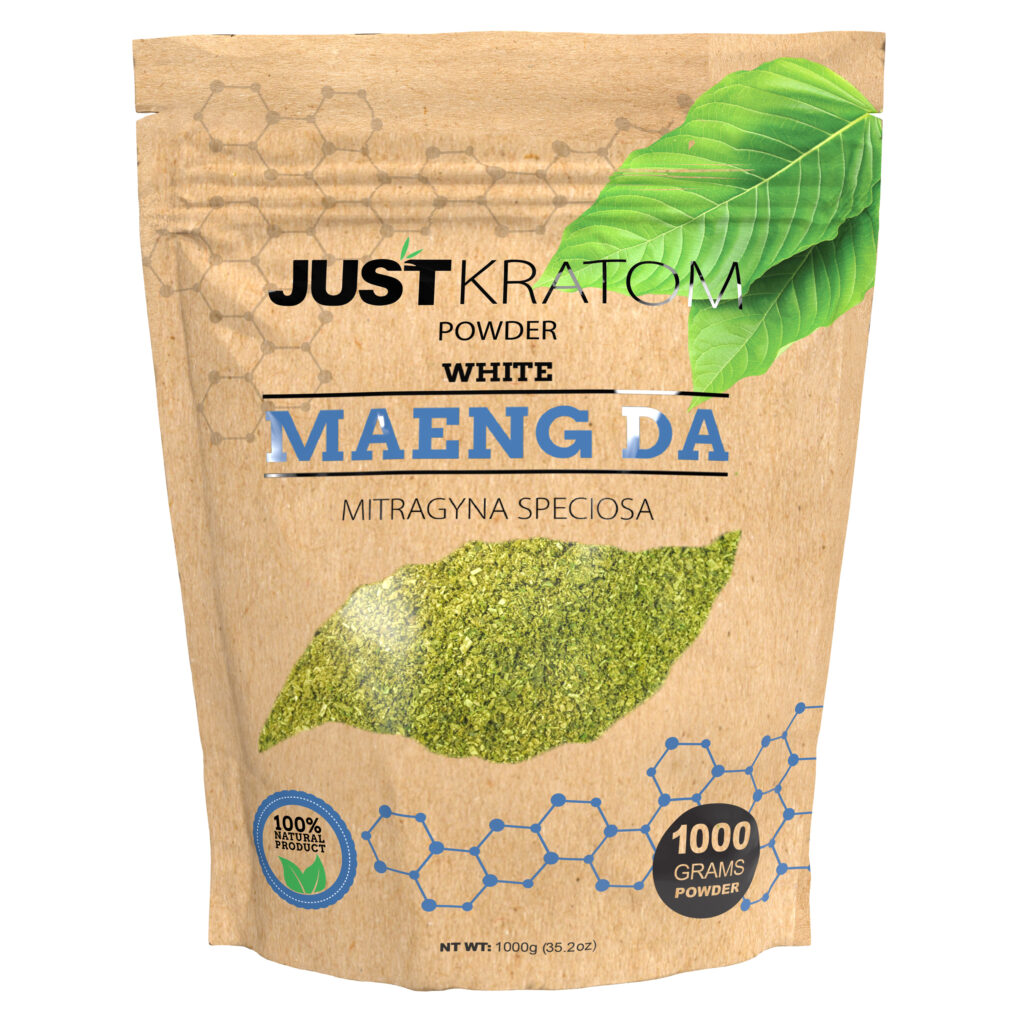Dos
Kratom, an herbal supplement derived from the Mitragyna speciosa tree, has gained popularity for its purported pain-relieving, mood-boosting, and energy-enhancing effects. However, using kratom long-term can have both potential benefits and risks. Understanding the dos and don’ts of kratom use is crucial for individuals considering incorporating it into their wellness routines.
Choosing High-Quality Kratom
Kratom, an herbal supplement derived from the Mitragyna speciosa tree, has gained popularity for its purported pain-relieving, mood-boosting, and energy-enhancing effects. However, using kratom long-term can have both potential benefits and risks. Understanding the dos and don’ts of kratom use is crucial for individuals considering incorporating it into their wellness routines.
- Choose high-quality kratom powder from reputable vendors. Look for products that are tested for purity and potency, and avoid sources that offer suspiciously cheap or unregulated kratom.
- Start with a low dosage and gradually increase it as needed. It’s important to find the right dosage for your body and tolerance level to minimize potential side effects.
- Be aware of potential interactions with medications. Kratom can interact with certain drugs, so consult with a healthcare professional before using it if you are taking any prescription or over-the-counter medications.
- Listen to your body and take breaks when needed. Avoid using kratom daily or for extended periods without rest to prevent dependence and tolerance buildup.
- Be cautious of long-term use. While kratom may offer some short-term benefits, its long-term effects are not fully understood. More research is needed to determine the potential risks associated with chronic kratom use.

Starting Slowly and Gradually Increasing Dosage
When starting kratom, it’s essential to begin slowly and gradually increase your dosage. This allows your body to adjust to the substance and helps you determine your individual tolerance level.
Starting with a low dose and progressively increasing it over time minimizes the risk of experiencing unpleasant side effects such as nausea, dizziness, or anxiety. Pay close attention to how your body responds at each dosage increment and make adjustments accordingly.
Monitoring Your Body’s Response
Monitoring your body’s response is crucial when using kratom. Pay attention to how you feel after taking kratom, noting any changes in mood, energy levels, or physical sensations. If you experience any adverse effects, such as nausea, dizziness, or anxiety, reduce your dosage or take a break.
Be aware that individuals respond differently to kratom, and what works for one person may not work for another. It’s important to find the dosage and frequency of use that is right for you.
Understanding Potential Side Effects
One of the potential side effects of long-term kratom use is dependence or addiction. Kratom can affect the brain’s reward system, leading to cravings and withdrawal symptoms when use is stopped.
Long-term kratom use may also lead to tolerance, meaning you need increasing amounts of the substance to achieve the desired effects. This can create a cycle of escalating dosage and potentially dangerous consequences.
Kratom can also have negative impacts on physical health. Studies suggest potential liver damage associated with long-term kratom use. It’s important to be aware of these risks and monitor your health closely if you choose to use kratom.
Taking Breaks or Cyclical Usage
Taking breaks from kratom is crucial for mitigating the risk of dependence and tolerance. By incorporating regular breaks into your usage pattern, you can allow your body to reset and prevent your brain from adapting to the presence of kratom continuously.

Cyclical usage, which involves alternating periods of kratom use with periods of abstinence, is another strategy to manage potential risks associated with long-term use. This approach allows you to experience the benefits of kratom without the constant exposure that can lead to dependence and tolerance.
Don’ts

While kratom may offer some short-term benefits, its long-term effects remain largely unknown. Prolonged use can lead to a number of potential downsides, including dependence, tolerance, and possible health complications.
Using Kratom Every Day
Using kratom daily is strongly discouraged.
Daily kratom use increases the risk of developing dependence and experiencing withdrawal symptoms when you try to stop.
Long-term, consistent use can also lead to tolerance, requiring higher doses to achieve the same effects.
Frequent kratom consumption may negatively impact your physical health, potentially leading to liver damage or other complications.
Consuming Kratom in Excessive Amounts
Consuming kratom in excessive amounts can have detrimental effects on your health and well-being.
- Excessive kratom use increases the risk of dependence and addiction.
- Overconsumption can lead to more intense side effects, such as nausea, vomiting, seizures, and respiratory depression.
- Long-term excessive use may contribute to liver damage.
- Mixing kratom with alcohol or other drugs can be extremely dangerous and potentially fatal.
Mixing Kratom with Other Substances
One of the most important things to remember when considering long-term kratom use is to avoid mixing it with other substances.
- Alcohol: Combining kratom with alcohol can amplify the sedative effects, leading to increased risk of respiratory depression and overdose.
- Opioids: Mixing kratom with opioids like heroin or prescription painkillers is extremely dangerous as it can suppress breathing and potentially be fatal.
- Benzodiazepines: Combining kratom with benzodiazepines (like Xanax or Valium) increases the risk of severe sedation and respiratory problems.
- Other stimulants: Mixing kratom with other stimulants like caffeine or cocaine can lead to unpredictable and potentially dangerous effects on your cardiovascular system.
Ignoring Potential Health Concerns
Ignoring potential health concerns is a major don’t when considering long-term kratom use. Kratom can have negative impacts on both mental and physical health, especially with prolonged use.
Potential liver damage is one serious concern associated with long-term kratom consumption. It’s crucial to be aware of this risk and monitor your liver function if you choose to use kratom.
Kratom can also lead to dependence and addiction, making it difficult to stop using even when experiencing negative consequences.
Operating Machinery or Driving Under the Influence of Kratom
Operating machinery or driving under the influence of kratom is extremely dangerous and should be avoided. Kratom can impair your judgment, coordination, and reaction time, making it unsafe to operate any vehicle or machinery.
The effects of kratom can vary from person to person, and it’s impossible to predict how it will affect you specifically. Even small amounts of kratom can impair your ability to drive safely.
If you choose to use kratom, always prioritize safety by arranging alternative transportation or staying home until the effects have fully worn off. Never risk your life or the lives of others by driving or operating machinery while under the influence of kratom.
Shop for Kratom Powder for the ultimate wellness
- How Gaslighting Disrupts The Emotional Balance In Relationships - September 29, 2025
- Gummy Smile Treatment – Gum Contouring Near Compton, Surrey - September 26, 2025
- Filler For Defined Jaw In Hersham, Surrey - September 25, 2025





